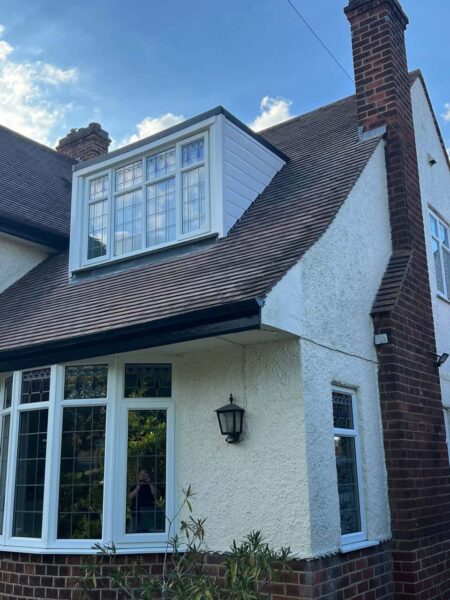Preserving History: Tips for Repairing Slipped Tiles on Historic or Heritage Buildings
Introduction: Historic and heritage buildings are cherished for their architectural beauty and cultural significance. When it comes to maintenance and repairs, preserving these structures’ original character and integrity is paramount. One common issue owners of historic buildings face is slipped tiles, which can compromise the roof’s aesthetics and structural integrity. This blog post will discuss essential tips for repairing slipped tiles on historic or heritage buildings while respecting their historical significance.
1. Consult with Preservation Experts: Before undertaking any repairs on a historic or heritage building, it’s crucial to consult with preservation experts who specialise in historic architecture. These professionals can provide valuable guidance on preserving the building’s original materials, construction techniques, and architectural features. They can also advise on appropriate repair methods that comply with historic preservation standards and regulations.
2. Use Matching Materials: When replacing slipped tiles on a historic building, use materials that closely match the original tiles in colour, texture, and composition. Matching materials help maintain the building’s visual harmony and authenticity while ensuring that repairs blend seamlessly with the existing roof. Work with suppliers specialising in historic roofing materials or consult with preservation organisations for recommendations.
3. Employ Traditional Repair Techniques: Opt for traditional repair techniques consistent with the building’s historic construction methods whenever possible. For example, if the building originally used traditional mortar or lime-based mortar for tile installation, avoid modern adhesives or sealants that may alter the building’s appearance or damage historic materials. Traditional techniques preserve the building’s historical integrity and ensure long-term durability and compatibility with existing materials.
4. Prioritise Structural Stability: While preserving historical authenticity is essential, it’s equally crucial to prioritise the structural stability and safety of the building. Before repairing slipped tiles, thoroughly inspect the roof structure to identify any underlying issues such as rot, decay, or compromised support. Addressing structural concerns ensures the repaired roof remains stable and secure for years.
5. Document the Repair Process: Repair is essential for maintaining a comprehensive record of the building’s maintenance history and historical significance. Take photographs before, during, and after the repair work to document the condition of the roof and the steps taken to address slipped tiles. Keep detailed notes on the materials, repair techniques, and any challenges encountered.
6. Comply with Local Regulations: Before undertaking repair work on a historic or heritage building, familiarise yourself with local regulations and preservation guidelines governing historic structures. Obtain any necessary permits or approvals from local historic preservation boards or regulatory agencies to ensure compliance with preservation standards and regulations.
Conclusion: Repairing slipped tiles on historic or heritage buildings requires careful consideration of the building’s architectural significance, construction methods, and preservation standards. By consulting with preservation experts, using matching materials, employing traditional repair techniques, prioritising structural stability, documenting the repair process, and complying with local regulations, owners of historic buildings can effectively address slipped tiles while preserving the building’s historical integrity for future generations.
Call us on: 01302 490 393
Click here to find out more about EDS Roofing Stainforth
Click here to complete our contact form and see how we can help you with your roofing needs.

